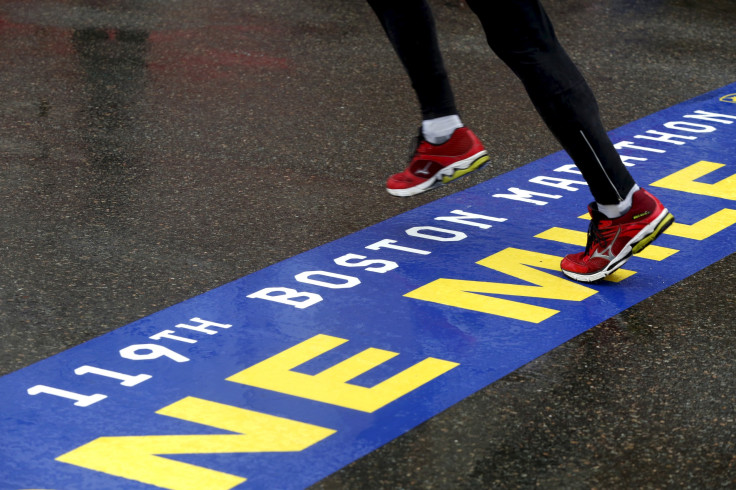Boston Marathon Runner With Muscular Dystrophy Crosses Finish Line: 5 Things To Know About The Muscle Condition

It was 4:19 a.m. Tuesday morning when the Boston Marathon’s last runner crossed the finish line, more than 20 hours after the race began. But to the dozens of friends and supporters who were there to greet 39-year-old Maickel Melamed at the end, he might as well have finished first.
Melamed suffers from a rare muscle disease called muscular dystrophy, according to WHDH-TV. Despite his condition, Melamed fought through all 26.2 miles of the Boston Marathon course, a feat that many described as inspiring.
“Today we conquer the impossible, today more than ever everything is possible,” Melamed tweeted Tuesday morning. “Thanks to all.”
Hoy conquistamos un imposible, hoy mas que nunca #SomosPosible Gracias a todos. #VAMOSBoston
— Maickel Melamed (@maickelmelamed) April 21, 2015This year’s Boston Marathon was Melamed’s fifth marathon. The Venezuelan native has previously completed marathons in Berlin, Chicago, New York and Tokyo, according to WCVB-TV.
He said Monday’s marathon would be his last. “This is something very personal," Melamed’s friend Albert Deveer told WCVB. "For the Venezuelan people, he is like a symbol of hope.” Here are five things to know about muscular dystrophy.
1. Muscular dystrophy is genetic. It occurs when abnormal genes disrupt the proteins responsible for normal muscle production. The disease causes the body’s muscles to degenerate and weaken over time.
2. In the U.S., one in every 3,500 to 6,000 males are born with the most common form of muscular dystrophy, Duchenne. The disease typically affects boys, and signs of the genetic condition tend to appear between the ages of 2 and 3, according to Mayo Clinic.
3. There are nine forms of the disease. Symptoms of each range in severity. Most forms of muscular dystrophy appear during childhood, but others can begin showing symptoms later in adulthood.
4. There is no cure for muscular dystrophy. Research is being conducted to try and identify, isolate and replace defective genes with healthy ones before symptoms can occur, but it’s still an emerging science.
5. The majority of people with muscular dystrophy use a wheelchair. Ninety percent of U.S. males with the disease between the ages of 15 and 24 were in a wheelchair, according to the CDC.
© Copyright IBTimes 2024. All rights reserved.






















